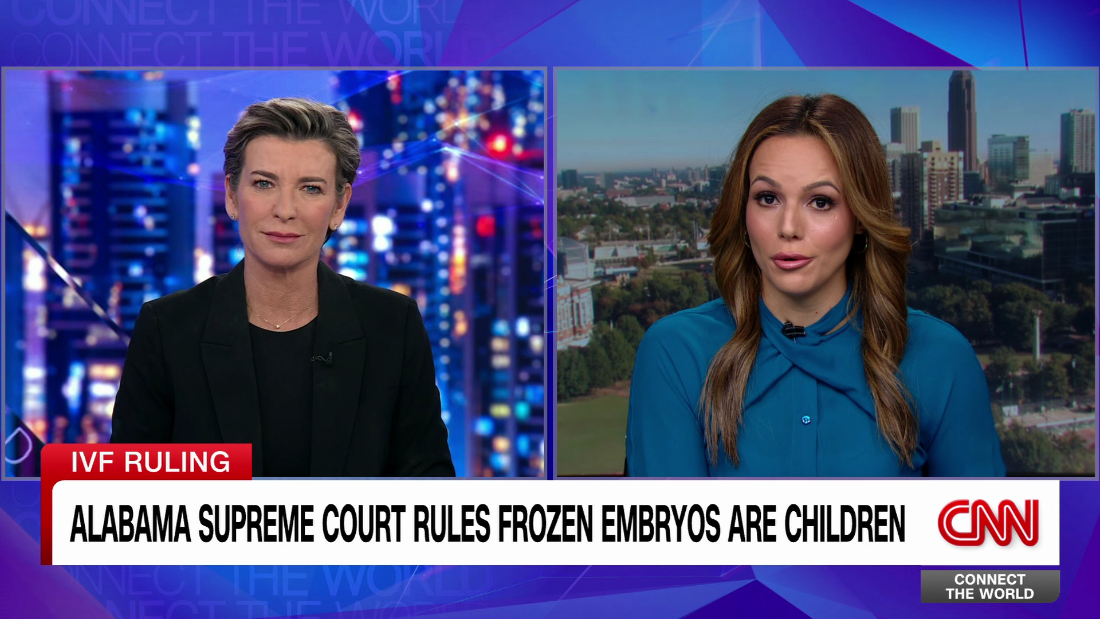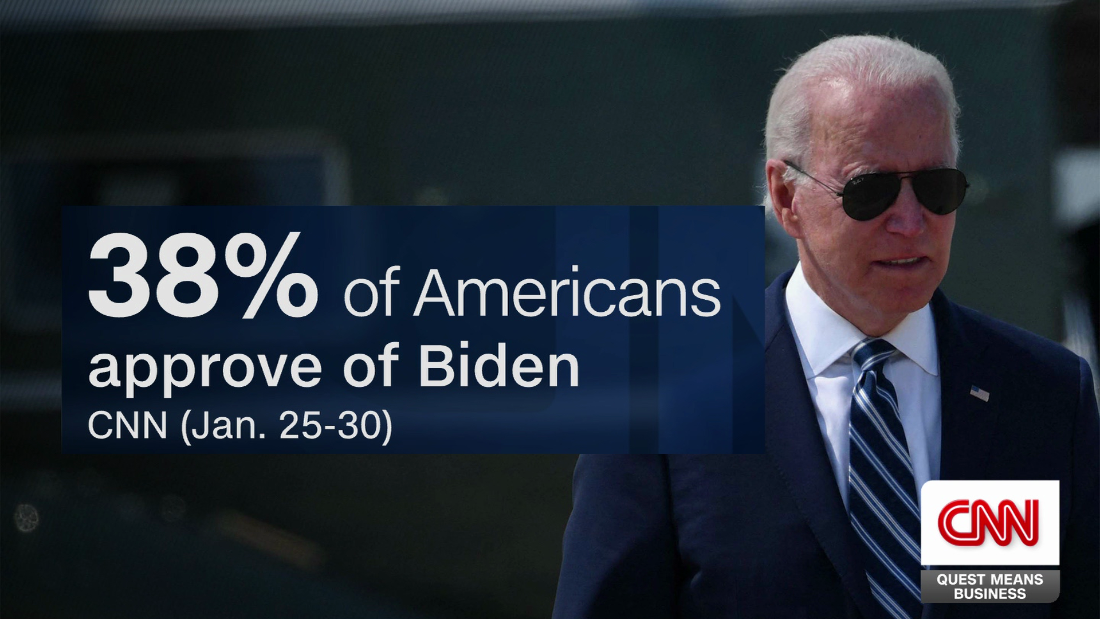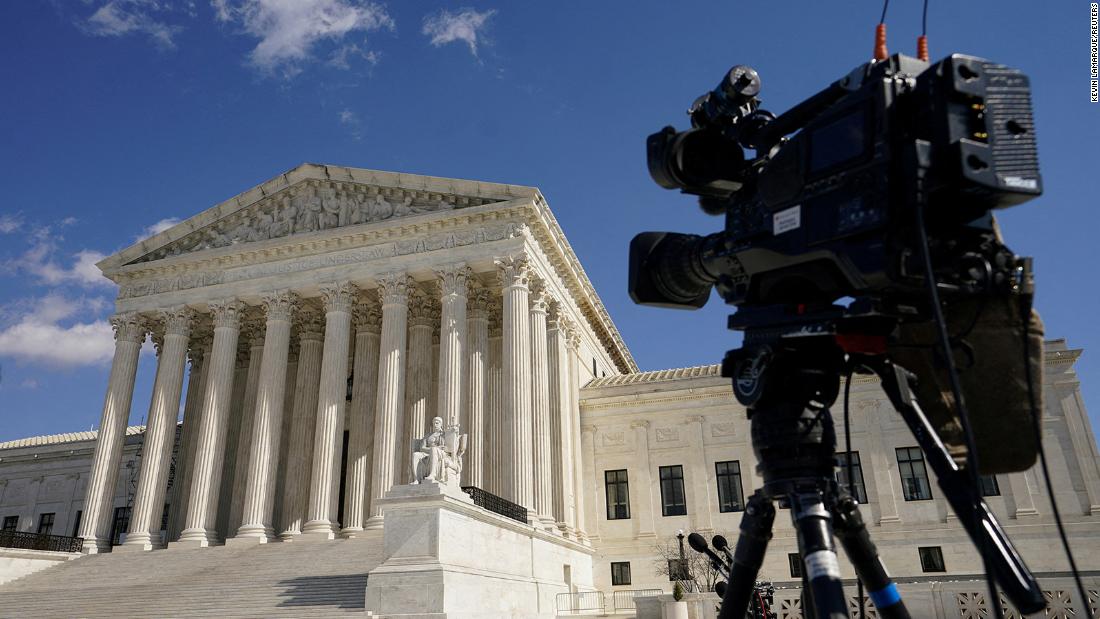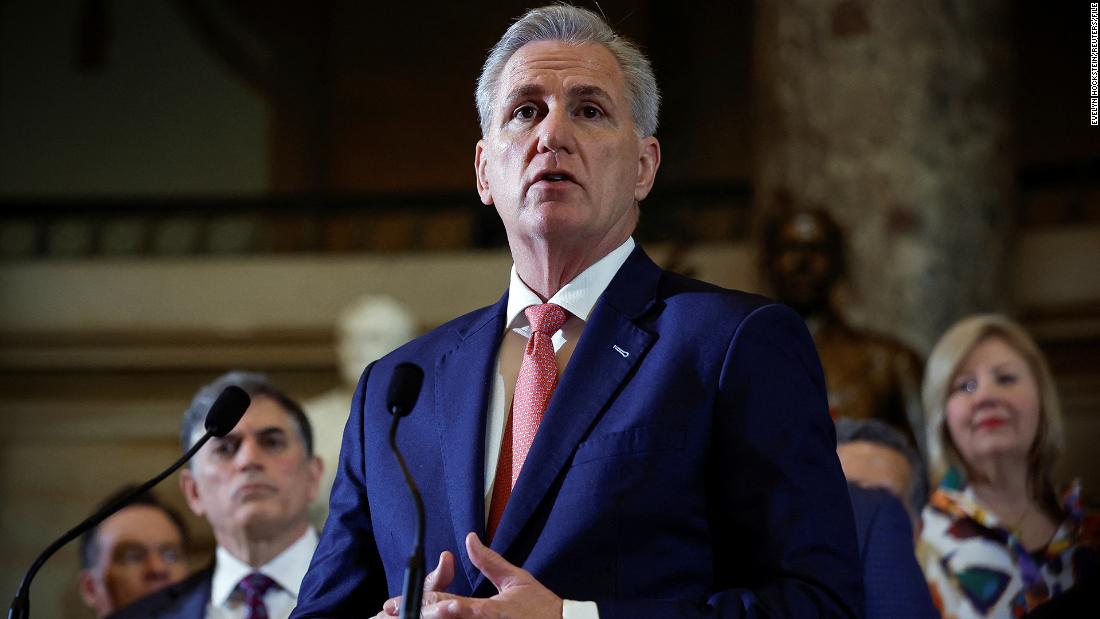THE 2024 presidential election is expected to go down to the wire as millions of voters flock to polling locations nationwide.
In the weeks leading up to the November 5, 2024, Election Day, voters in nearly all seven swing states were evenly split between Former President Donald Trump and Vice President Kamala Harris.
If there’s an Electoral College tie in the presidential election, the outcome of both the president and vice president would be decided by the House and SenateGetty Images – Getty
The seven battleground states – Wisconsin, Georgia, North Carolina, Nevada, Arizona, Michigan, and Pennsylvania – are critical for both candidates to reach or surpass the 270 Electoral College votes needed to clinch the presidency.
There are several routes Trump and Harris can take to win the election, but what happens if the Electoral College vote ends in a tie?
What is the Electoral College?
The Electoral College is the process by which eligible American voters indirectly elect their president and vice president through their state’s electors.
The Founding Fathers established the Electoral College in the Constitution in 1787 as a middle ground between giving the general election decision to Congress or a direct vote by citizens.
After voters cast their ballots in their states, state officials tally up all the votes.
In most states, whichever candidate wins the majority of the votes will earn all of the state’s electoral votes.
In Maine and Nebraska, the electoral process differs.
Those two states have a proportional representation system, where the winner of each congressional district is awarded one electoral vote, and the winner of the statewide vote is awarded each state’s remaining electoral votes.
Who are the electors?
States select their own electors, which consist of 538 individuals who are involved with politics through community activism, party leadership, or volunteering affiliated with each political party.
The electors are chosen before the general election by their respective political party.
Electors are typically chosen “to recognize their service and dedication to that political party,” according to the National Archives.
During the general election, voters in each state select their state’s electors by casting their ballots.
Article II, Section 1 of the Constitution states that electors can not be members of Congress or hold federal office.
A section of the 14th Amendment also prohibits individuals who have engaged in insurrection or rebellion against the United States from serving as electors.
The Constitution gave each state a number of electors equal to the combined total of representatives and senators who represent that state in Congress.
The sole purpose of the electors is to meet in their state following the November election and cast two votes – one for the president and one for the vice president.
Each elector involved in the Electoral College gets one electoral vote.
What happens if there’s an Electoral College tie?
In the extremely rare case where both Donald Trump and Kamala Harris end up winning 269 electoral votes each, the election would be decided by the newly elected House of Representatives and members of the Senate.
Members of the House would decide the outcome of the presidential election.
Each state would get a single vote, regardless of the size of its congressional delegation.
In this case, the District of Columbia would not participate in the vote.
The 50 House delegated would select one of the top presidential candidates.
Meanwhile, the vice president’s candidacy would be decided by the Senate.
Each Senate member will have a vote, so it could be possible that the president and vice president could be from different parties.
What are the Electoral College votes by state?
The 538 Electoral College votes are divided up by state:
Alabama – 9 votes
Kentucky – 8 votes
North Dakota – 3 votes
Alaska – 3 votes
Louisiana – 8 votes
Ohio – 17 votes
Arizona – 11 votes
Maine – 4 votes
Oklahoma – 7 votes
Arkansas – 6 votes
Oklahoma – 7 votes
Maryland – 10 votes
Oregon – 8 votes
California – 54 votes
Massachusetts – 11 votes
Pennsylvania – 19 votes
Colorado – 10 votes
Michigan – 15 votes
Rhode Island – 4 votes
Connecticut – 7 votes
Minnesota – 10 votes
South Carolina – 9 votes
Delaware – 3 votes
Mississippi – 6 votes
South Dakota – 3 votes
District of Columbia – 3 votes
Missouri – 10 votes
Tennessee – 11 votes
Florida – 30 votes
Montana – 4 votes
Texas – 40 votes
Georgia – 16 votes
Nebraska – 5 votes
Utah – 6 votes
Hawaii – 4 votes
Nevada – 6 votes
Vermont – 3 votes
Idaho – 4 votes
New Hampshire – 4 votes
Virginia – 13 votes
Illinois – 19 votes
New Jersey – 14 votes
Washington – 12 votes
Indiana – 11 votes
New Mexico – 5 votes
West Virginia – 4 votes
Iowa – 6 votes
New York – 28 votes
Wisconsin – 10 votes
Kansas – 6 votes
North Carolina – 16 votes
Wyoming – 3 votes
Published: [#item_custom_pubDate]















































































































